Filter News
Area of Research
- (-) Biology and Environment (7)
- (-) Neutron Science (17)
- Advanced Manufacturing (4)
- Biological Systems (2)
- Clean Energy (41)
- Climate and Environmental Systems (1)
- Data (1)
- Fossil Energy (1)
- Isotope Development and Production (1)
- Materials (21)
- Nuclear Science and Technology (6)
- Sensors and Controls (1)
- Supercomputing (17)
- Transportation Systems (1)
News Topics
Media Contacts
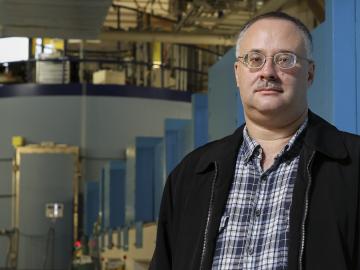
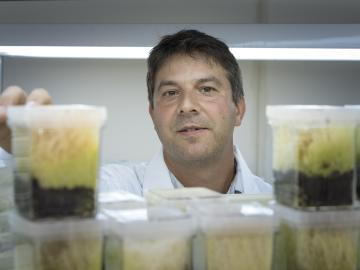
David Weston became fascinated with plant genetics and ecology in college, and now with the support provided by the DOE Office of Science Early Career Research Program, he will link those fields as he studies plant-microbe symbiosis. The research will focus on sphagnum moss, a dominant plant of n...
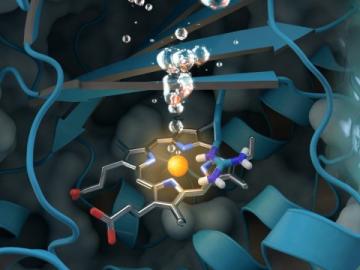
A new study sheds light on a unique enzyme that could provide an eco-friendly treatment for chlorite-contaminated water supplies and improve water quality worldwide. An international team of researchers led by Christian Obinger from the University of Vienna used neutron analys...
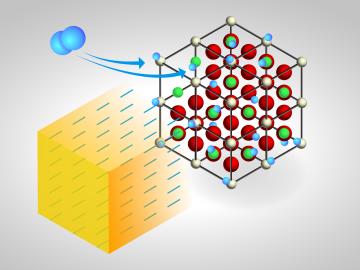
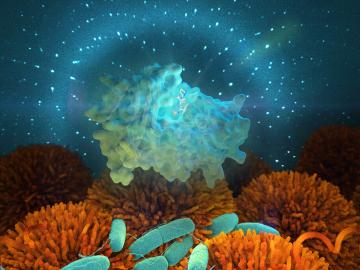
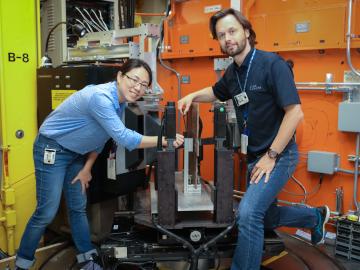
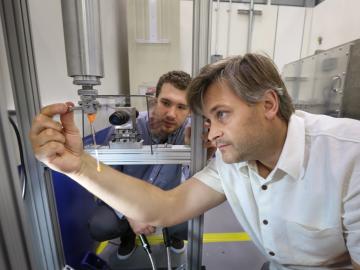

Working backwards has moved Josh Michener’s research far forward as he uses evolution and genetics to engineer microbes for better conversion of plants into biofuels and biochemicals. In his work for the BioEnergy Science Center at ORNL, for instance, “we’ve gotten good at engineering microbes th...
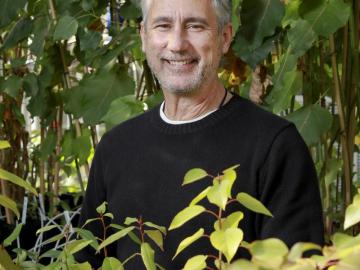
It’s been 10 years since the US Department of Energy first established a BioEnergy Science Center (BESC) at Oak Ridge National Laboratory (ORNL), and researcher Gerald “Jerry” Tuskan has used that time and the lab’s and center’s resources and tools

After more than a year of operation at the Department of Energy’s (DOE’s) Oak Ridge National Laboratory (ORNL), the COHERENT experiment, using the world’s smallest neutrino detector, has found a big fingerprint of the elusive, electrically neutral particles that interact only weakly with matter.




